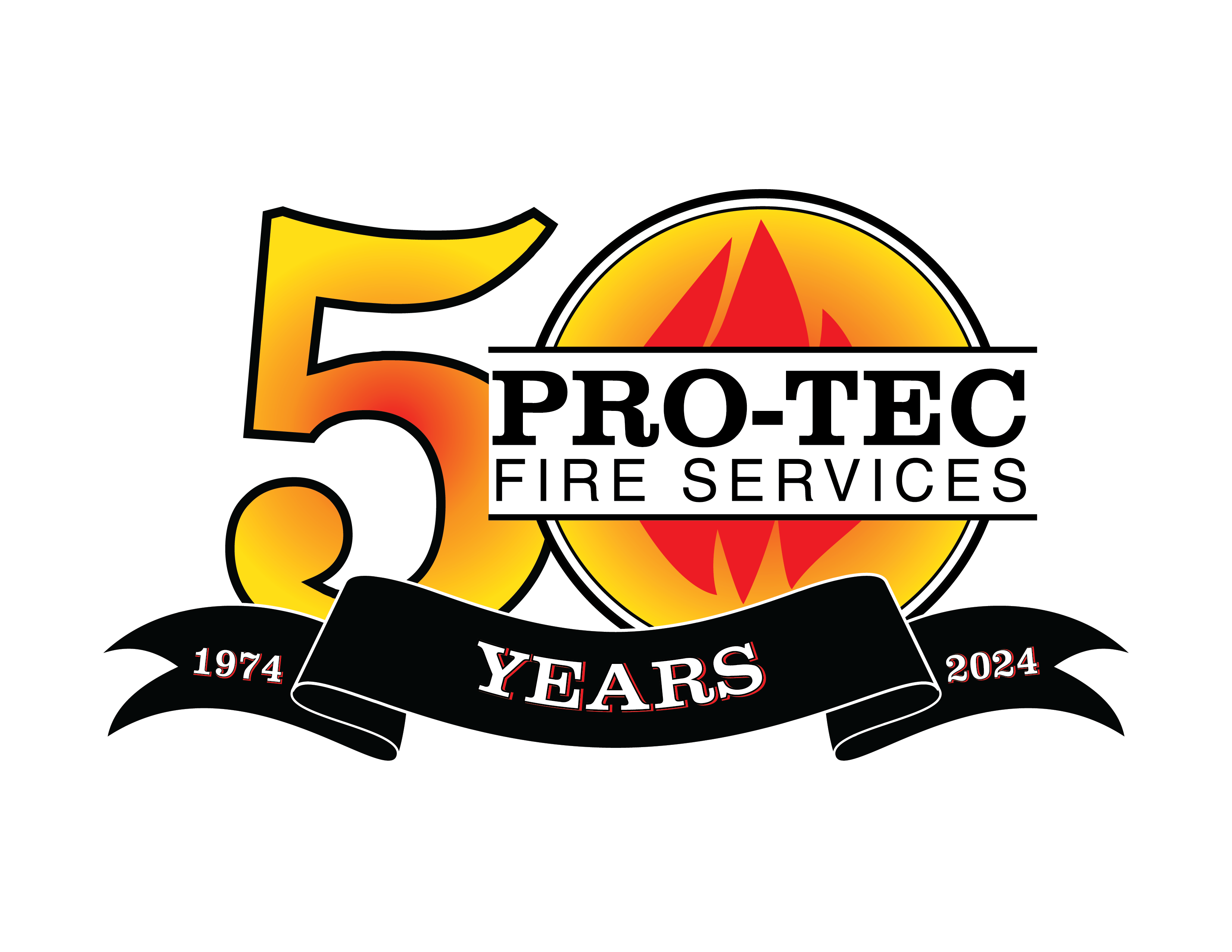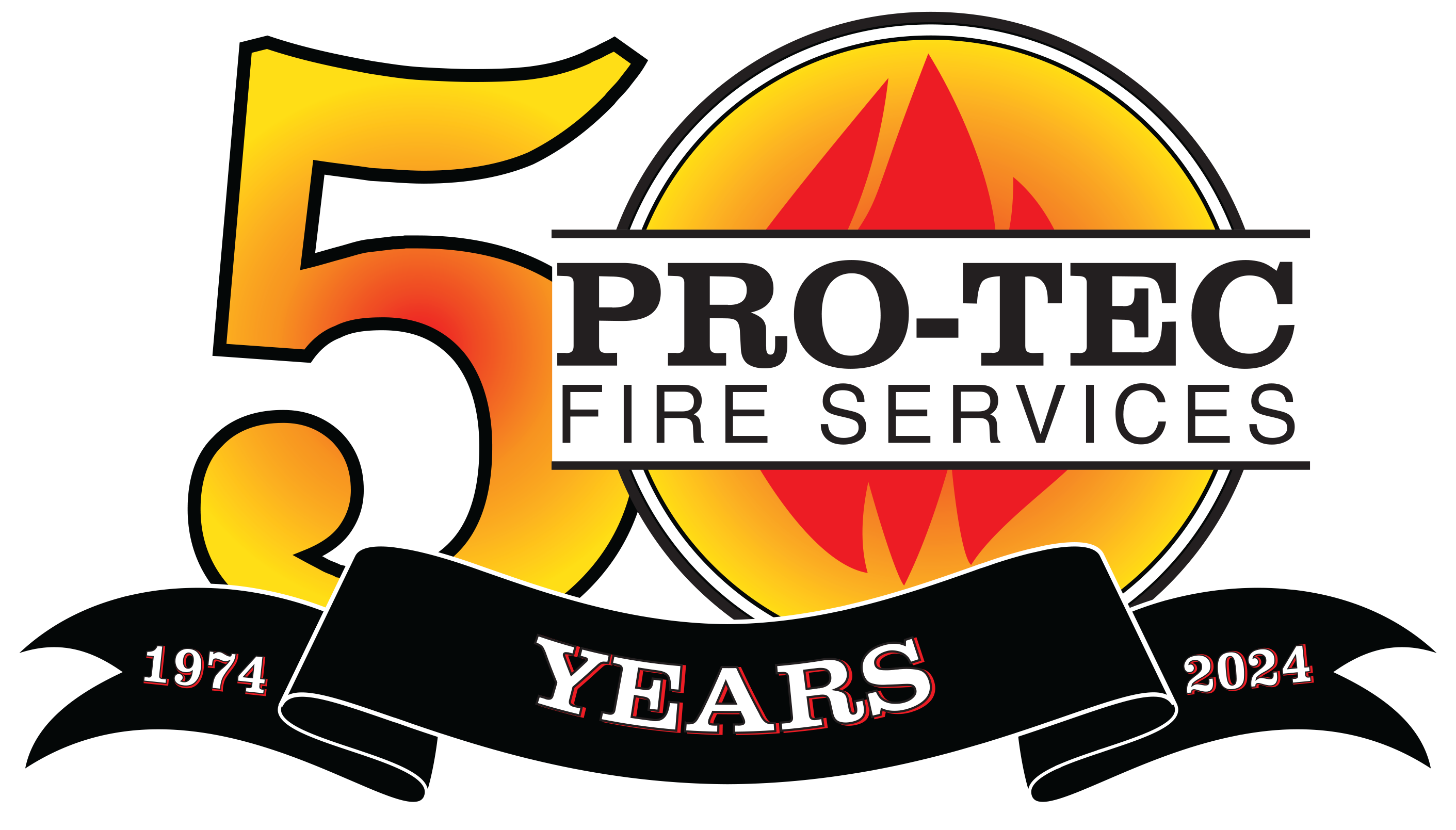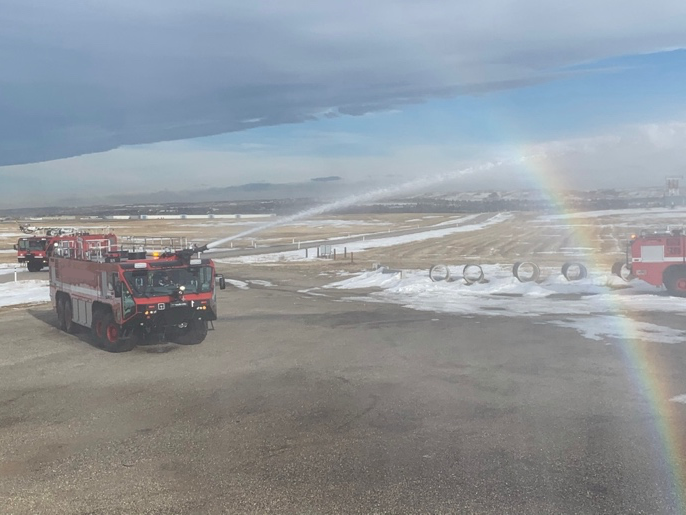Have you ever wondered why ARFF (Aircraft Rescue Firefighting) vehicles park a certain way at an incident? Or why on a video you saw of a plane on fire, the ARFF vehicles are approaching the incident from different angles while pumping their agent and driving?
ARFF vehicles are capable of spraying a tremendous amount of agent from their two front mounted turrets at an aircraft incident scene. Their specific design allows for the truck to conduct an industry coined “pump and roll” tactic that allows for them to drive and spray agent at the same time. Not only do they have two front mounted turrets to help extinguish fires, but depending on the department’s needs, could also have between one and two pre-connected handlines, and a booster reel to aid with interior fire attacks when warranted.
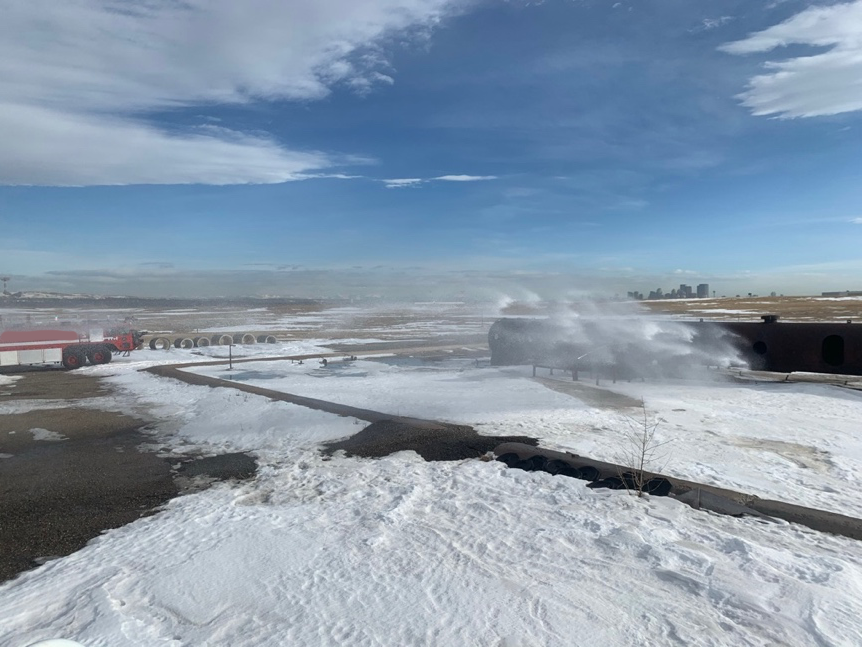

The priority of the first ARFF vehicle is to provide a snapshot to all incoming ARFF vehicles via radio of what is occurring. Once this has been relayed, their task is then to provide a safe exit (rescue path) for all occupants exiting the aircraft. This can seem odd to the untrained as the first ARFF vehicle will most likely be positioned on the side where the fire is not burning – the reason is that airline employees are trained to evacuate planes from the side that has no fire. It then becomes to job of the other two ARFF vehicles to extinguish the fire around the aircraft while the first vehicle protects the evacuating passengers.
While approaching the incident scene, the first arriving truck will also position all remaining ARFF vehicles as to execute an effective incident action plan according to the “tactical priorities” which are rescue, fire suppression, property conservation, and reduction of environmental impact. Using the wind as an advantage, the ARFF vehicles protect the evacuating passengers, extinguish the fire and mitigate the incident all from the cab of the ARFF vehicle.
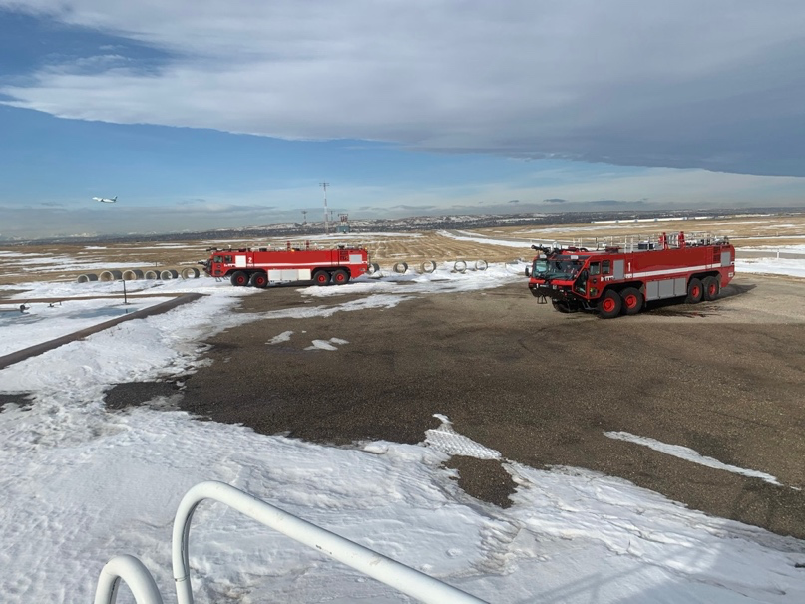

Pictured, Pro-Tec Fire Services Canada crew participated in a training exercise which consisted of positioning of the ARFF vehicles and water application at a simulated aircraft incident. All three vehicles demonstrated proper vehicle positioning, and water application during the incident.
All our firefighters work hard in maintaining a high level of readiness via training exercises, all in preparation for an incident that could happen at any time.
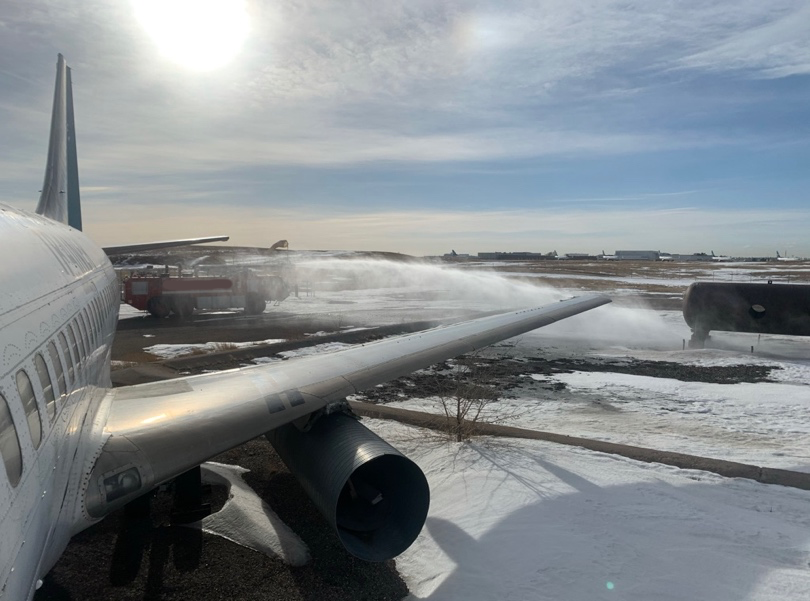

C/O: Captain McPherson
